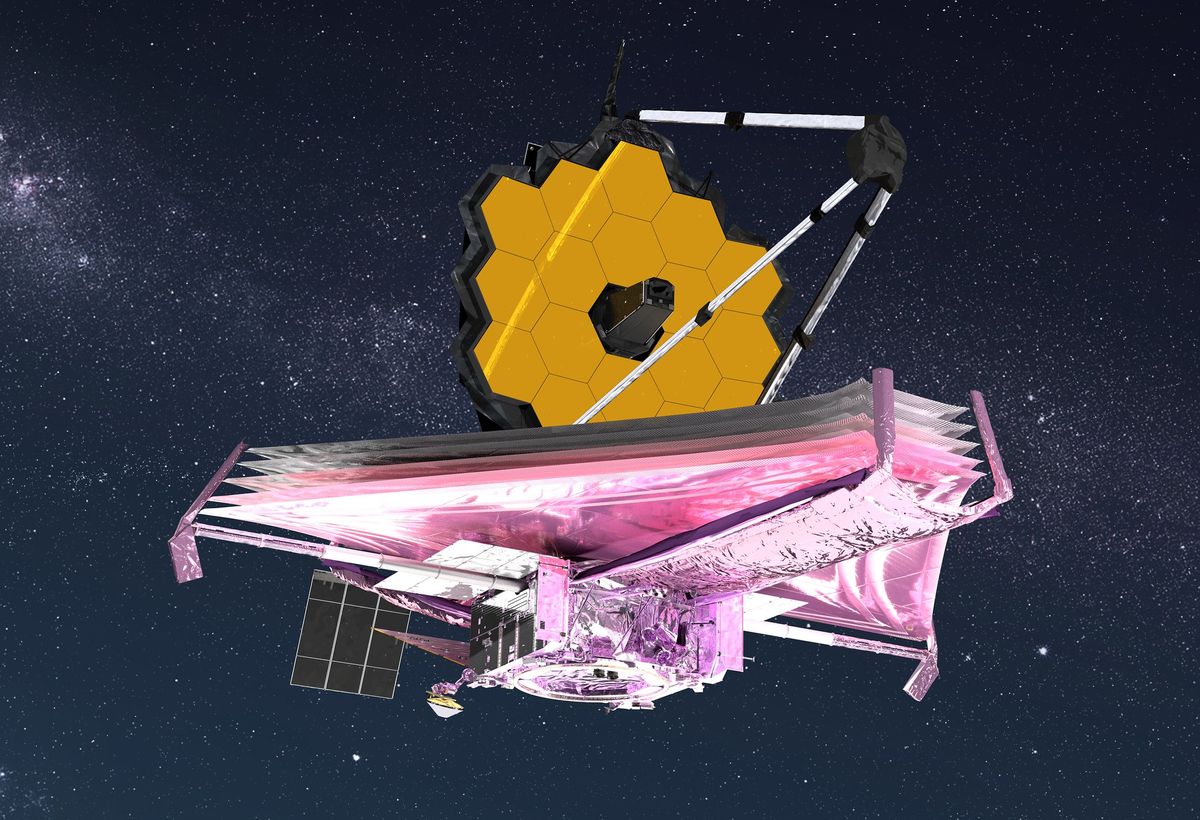
NASA’s massive new observatory has notched another milestone.
After nearly a full month in space, the James Webb Space Telescope, also known as JWST or Webb, is nearly at the end of its deployment work. The complicated series of deployments has seen the telescope transform from its tightly-folded launch configuration to what looks like a real observatory, although science observations remain months away.
“Just in from the @NASAWebb team: All 18 primary mirror segments and the secondary mirror are now fully deployed!” NASA Administrator Bill Nelson wrote in a tweet posted on Wednesday (Jan. 19). “Congratulations to the teams that have been working tirelessly since launch to get to this point. Soon, Webb will arrive at its new home, L2!”
Live updates: NASA’s James Webb Space Telescope mission
Related: How the James Webb Space Telescope works in pictures
JWST’s golden primary mirror includes 18 individual hexagonal segments, each controlled by seven actuators that allow precise movements. All 18 segments are now in their deployed positions several days sooner than scheduled.
Work began on the mirror segments on Jan. 12 and was expected to take about 10 days. But despite today’s announcement, those mirror segments aren’t quite ready to observe yet. First, NASA must conduct the painstaking process of fine-tuning every mirror’s position to turn 18 individual views of the universe into one large ultra-powerful mirror.
The team behind Webb expects that the entire mirror process will take about three months, all told.
Related stories:
Webb has one more key deployment milestone to complete, a trajectory burn that will insert the observatory into orbit around a spot in space dubbed the Earth-sun Lagrange point 2, or L2. L2 is located nearly 1 million miles (1.5 million kilometers) away from Earth, on the side of the planet opposite the sun.
According to a NASA timeline, JWST is expected to complete this final arrival maneuver on Sunday (Jan. 23).
Email Meghan Bartels at mbartels@space.com or follow her on Twitter @meghanbartels. Follow us on Twitter @Spacedotcom and on Facebook.



